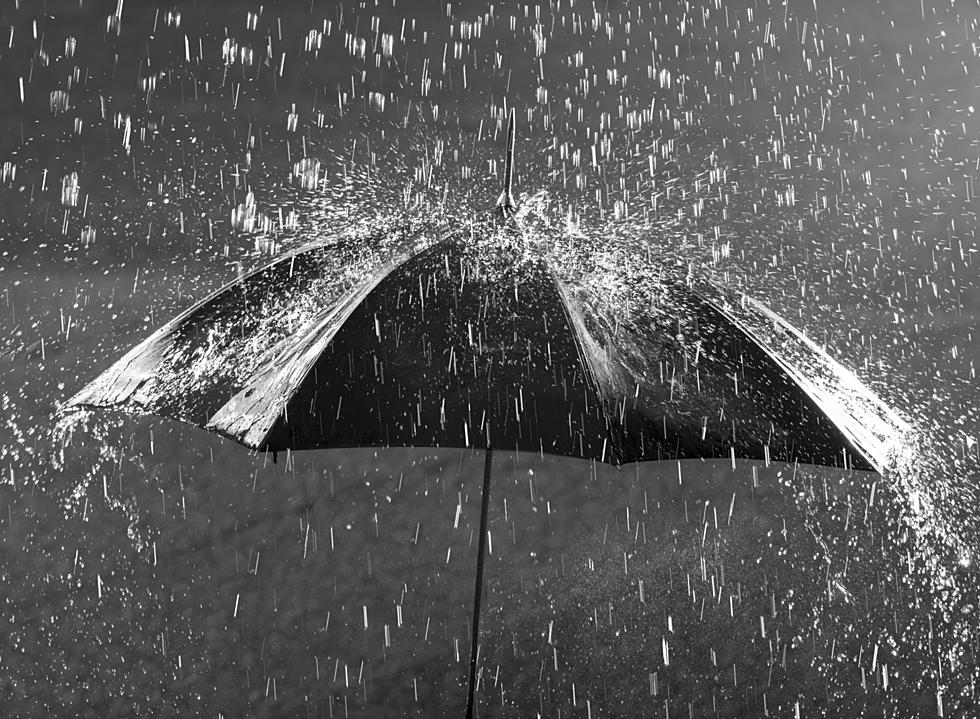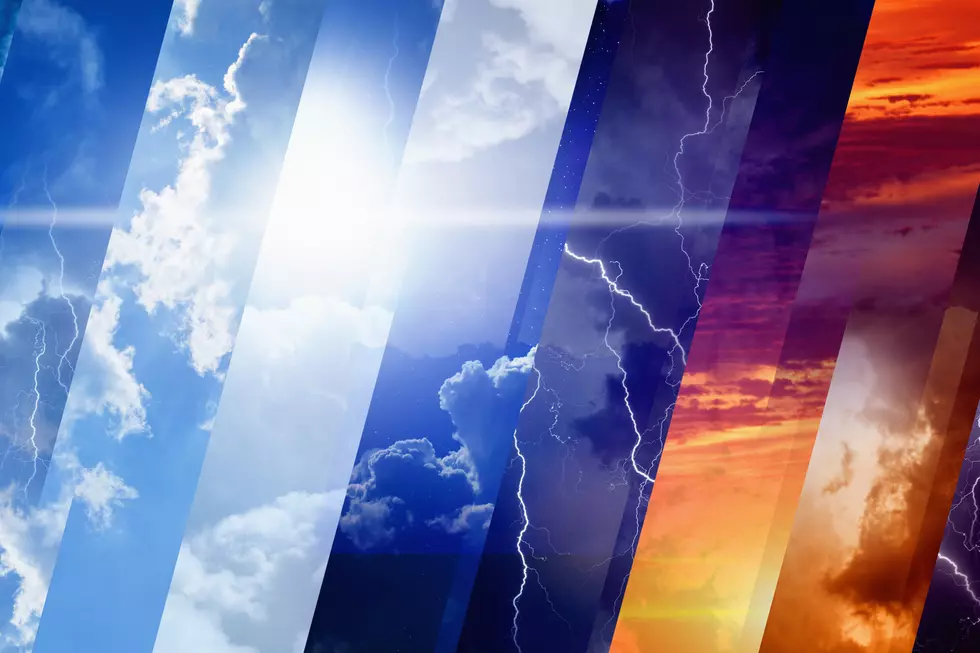
Like It or Not Severe Storm Warnings Will Be Auto Pushed to Your Phone
Have you ever received one of those Amber Alerts on your phone? It can be a little disconcerting when all of a sudden your phone, and everyone's phone you're with, starts howling and shaking and bellowing for you to look at it RIGHT NOW at the same time. Well, get ready for that same experience the next time destructive, severe thunderstorms roll through West Central Missouri.
The National Weather Service has developed three categories for severe thunderstorms. In order of highest to lowest damage threat they are: destructive, considerable, and base.
Destructive storms are storms that can produce baseball-sized hail and 80mph winds. Considerable storms can produce golf ball-sized hail and 70mph winds. And a base storm is quarter-sized hail and 58mph winds. Base thunderstorms generally do not cause any damage.
Storms that are classified as destructive will now be tagged to trigger everyone's cellphone with an automatic weather alert. Now, this isn't something that's going to happen all the time. The National Weather Service says only ten percent of storms a year get classified as destructive. So many of the storms, even scary ones, aren't going to trigger the emergency alert on your phone.
And that's a good thing. When these alerts go off on the phone. It's like being surprised when the hotel fire alarm goes off at two in the morning. It's jarring. And it should be. So the less they come through to phones, the more effective they'll be at keeping us safe.
While I wouldn't recommend it. There are ways to opt out of these alerts on your phone, or opt-in if you want to make sure you get these alerts. iPhone users can learn more about how to turn these alerts on and off from Apple here. And Android users can find more information about this from the Android Authority website.
The National Weather Service recommends everyone have several ways of receiving storm alerts. And at least one way to receive alerts when the power is out.
LOOK: The most expensive weather and climate disasters in recent decades
Gallery Credit: KATELYN LEBOFF
More From Mix 92.3










